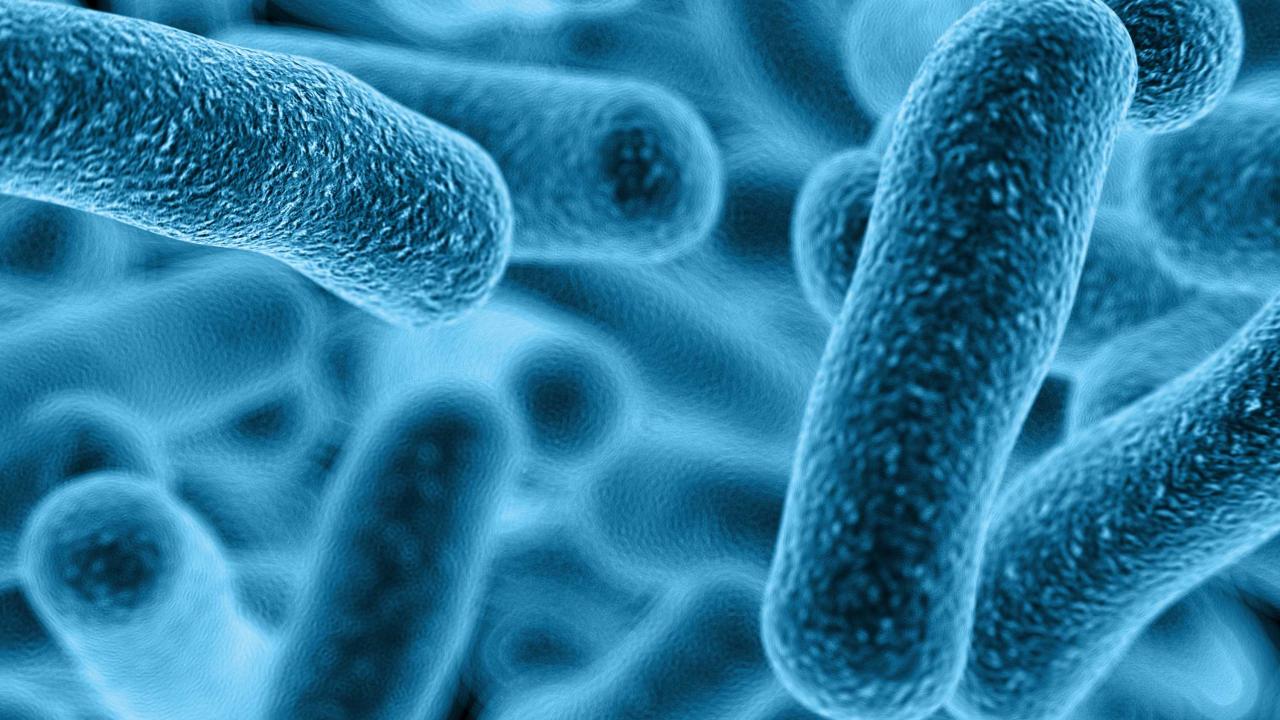
Robot Arm Tastes With Engineered Bacteria
By Andy Fell
A robotic gripping arm that uses engineered bacteria to “taste” for a specific chemical has been developed by engineers at the University of California, Davis, and Carnegie Mellon University. The gripper is a proof-of-concept for biologically-based soft robotics.
“Our long-term vision is about building a synthetic microbiota for soft robots that can help with repair, energy generation or biosensing of the environment,” said Cheemeng Tan, assistant professor of biomedical engineering at UC Davis. The work was published June 26 in the journal Science Robotics.
Soft robotics uses lightweight, flexible and soft materials to create machines that match the versatility of living things, and soft robot designs often draw inspiration form nature. Adding actual living cells to soft robots brings scientists another step closer to creating biological-mechanical hybrid machines.
“By combining our work in flexible electronics and robotic skin with synthetic biology, we are closer to future breakthroughs like soft biohybrid robots that can adapt their abilities to sense, feel and move in response to changes in their environmental conditions,” said Carmel Majidi, a co-author and associate professor of mechanical engineering at CMU.
Biosensing with engineered bacteria
The new device uses a biosensing module based on E. coli bacteria engineered to respond to the chemical IPTG by producing a fluorescent protein. The bacterial cells reside in wells with a flexible, porous membrane that allows chemicals to enter but keeps the cells inside. This biosensing module is built into the surface of a flexible gripper on a robotic arm, so the gripper can “taste” the environment through its fingers.
When IPTG crosses the membrane into the chamber, the cells fluoresce and electronic circuits inside the module detect the light. The electrical signal travels to the gripper’s control unit, which can decide whether to pick something up or release it.
As a test, the gripper was able to check a laboratory water bath for IPTG then decide whether or not to place an object in the bath.
So far, this biohybrid bot can only taste one thing and it’s difficult to design systems that can detect changing concentrations, Tan said. Another challenge is to maintain a stable population of microbes in, or on, a robot — comparable to the microbiome or ecosystem of bacteria and fungi that live in or on our own bodies and carry out many useful functions for us.
Biohybrid systems potentially offer more flexibility than conventional robotics, he said. Bacteria could be engineered for different functions on the robot: detecting chemicals, making polymers for repairs or generating energy, for example.
Other authors on the paper were: Kyle Justus, Tess Hellebrekers, Daniel Lewis, Adam Wood, Christian Ingham and Philip R. LeDuc, all at Carnegie Mellon. The work was partly supported by the National Science Foundation, the Air Force Office of Scientific Research and the Office of Naval Research.
This article was originally posted on the UC Davis News site.
Media contact(s)
Cheemeng Tan, Biomedical Engineering, 530-752-7849, cmtan@ucdavis.edu
Andy Fell, News and Media Relations, 530-752-4533, ahfell@ucdavis.edu
Lisa Kulick, Department of Mechanical Engineering, Carnegie Mellon University, 412-268-5444, lkulick@andrew.cmu.edu
Comments